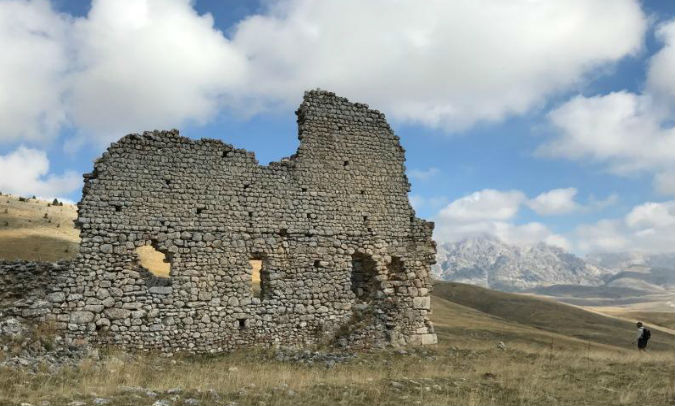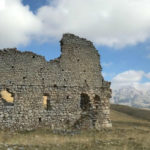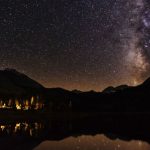The glories of hiking in Abruzzo
Sometimes travel is not only about where you go, but how. Hiking in Abruzzo proved to be a great way to see a different part of Italy, writes Claudia Rossi Hudson.
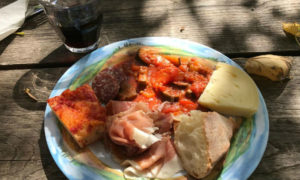
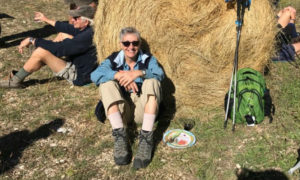
This region lies to the east of Rome, starting in the high Apennines rolling down to the Adriatic Coast. About 25% of Abruzzo is in distinctive national parks and we hiked in three of them during an eight-day trip in early October – full Autumn.
Walking in the mountainous L’Aquila region ensured that the vistas were fantastic. It is also the least populated region of Italy, with an agricultural heritage, little villages clinging to steep hillsides, and wild animals including bears, deer, and wild horses. And of course proud locals who cherish their food and their traditions.
Despite being just two hours from Rome this region of Abruzzo is unexplored by tourists.
We joined a group of 16 experienced walkers, mostly Australians, with a sprinkling of Swiss and British travellers as well. We ranged in age from 46 to 80, which had no relevance at all when it came to rating the best walkers. The hikes were structured so that really fast walkers didn’t feel held back. There were no slow walkers!
On the walking days, we wore sturdy walking boots, sensible quick-dry clothes with layers for warmth, and carried a light day pack with water bottle and rain gear. Many of us, including our guide, Jackie Parsons from Hedonistic Hiking, used walking poles.
We generally walked in the morning for up to four hours including breaks before meeting Jackie’s assistant along the route. She prepared a delicious picnic lunch which might include hot soup, salads and sliced meats and cheeses all prepared from local produce.
Another two or three hours walking after lunch would bring us back into the town or village. We stayed in three different regions during the trip.
The hiking terrain changed from open grazing land to rugged alpine ridges to sheltered paths among beech forests glorious in their spectacular autumn colours.
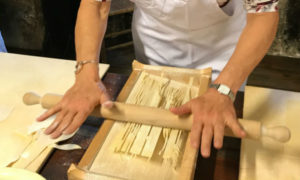
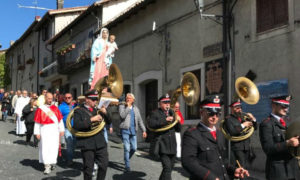
Some personal highlights of this trip:
• Hotel Sextantio Albergo Diffuso in tiny Santo Stefano di Sessiano: The concept of a “dispersed” hotel is increasingly important in the preservation and restoration of fading villages. Rooms in old houses scattered around a village are converted into comfortable guest bedrooms. The rooms maintain their authentic mediaeval design but are enhanced with cleverly concealed mod cons like bathrooms and heating. The dining room is are located somewhere else in the village so you are challenged to get lost.
• Cooking lesson – Spaghetti alla Chitarra (guitar) – a local favourite. We made the pasta from scratch then rolled it over a box with metal strings to cut the pasta into flat strips. We topped it with sugo al pomodoro plus tiny pork meatballs. Yummo!
• Opi: we arrived in the village on the festival of Santa Teresa and the Madonna del Rosario. Their statues were being paraded around the town accompanied by village officials, church officials, peeling church bells, a brass band and fireworks. We felt blessed.
- By Claudia Rossi Hudson, managing director of Mary Rossi Travel. Mary Rossi Travel is an affinity partner of 47 Plus.
Images courtesy Mary Rossi Travel
Image I Skyscape and ruin
Image 2 Lunch!
Image 3 Claudia takes time for a rest
Image 4 Cooking lesson
Image 5 The processional in Opi

